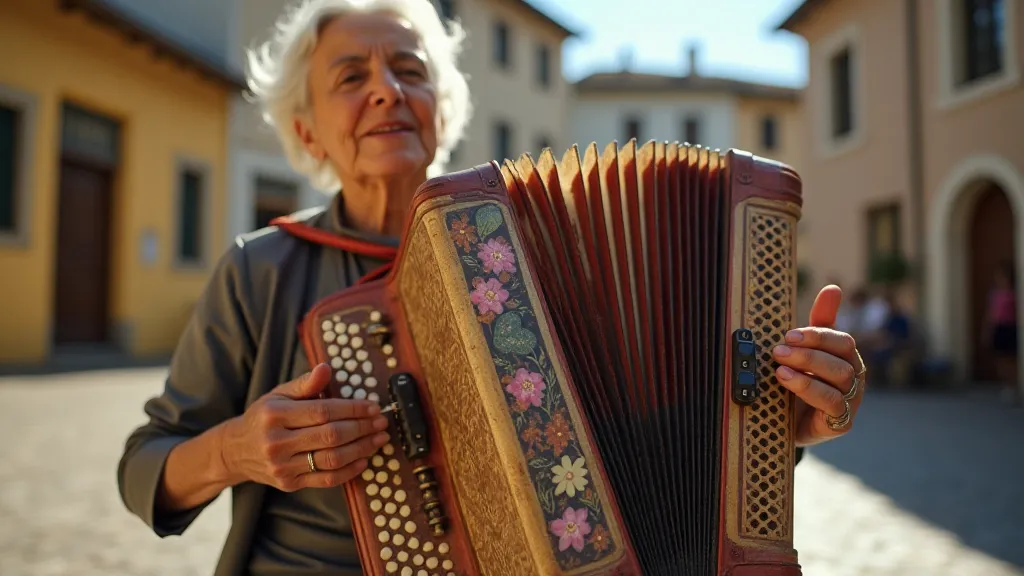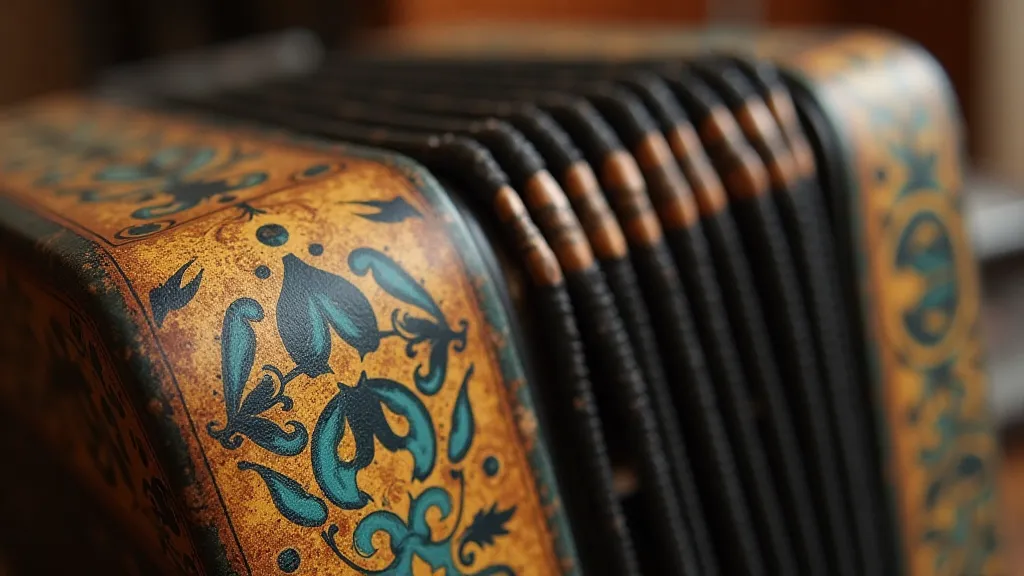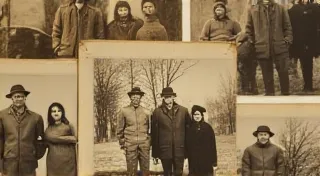Beyond the Rules: Improvisation and Creativity in Traditional Play
There's a particular resonance to antique accordions, isn’t there? It's not just the beauty of the bellows, the gleam of the mother-of-pearl keys, or the satisfying click of each button. It's the sense of history held within – the echoes of countless hands coaxing melodies, the murmur of gatherings both joyous and mournful. And it’s the realization that even a meticulously crafted instrument, bound by physical limitations and mechanical precision, is ultimately a conduit for human expression, a vessel for spontaneous creativity. This same principle, this willingness to bend and shape the rigid framework of “the rules,” lies at the heart of traditional games.
We often approach traditional games with a reverence for their codified history. We seek out definitive rulebooks, yearning to understand exactly how a game was “supposed” to be played. But to do so, to rigidly adhere to a set of instructions, is to miss a crucial element – the heart of the game itself: the improvisation.

The Fluidity of Folklore
Consider, for a moment, the very nature of folklore. Stories evolve with each retelling, characters shift, and plot points rearrange themselves to better suit the teller and the audience. Traditional games are no different. They are living traditions, constantly adapting to the communities that play them. What began as a formalized structure, perhaps initiated by a village elder or a group of influential players, would inevitably become shaped by generations of participants. The rules, initially intended to provide structure and fairness, would become springboards for innovation.
Take, for example, the simple game of “hopscotch” found across numerous cultures. While the basic layout – numbered squares chalked or drawn on the ground – remains fairly consistent, the ways in which it's played are surprisingly diverse. Some regions require players to hop on one foot for the entire game, while others allow alternating feet. The penalties for missing a square, the challenges introduced by adding obstacles, even the songs sung while hopping – all these elements are subject to local variation. There’s no central authority dictating the “correct” way to play. It’s a game born from the ground up, organically shaped by the children who play it.
Regional Variations: A Testament to Adaptation
This phenomenon isn't limited to children’s games. Traditional games played by adults, often tied to harvest festivals, courtship rituals, or community celebrations, demonstrate the same remarkable fluidity. In some regions of Italy, variations of “calcio storico fiorentino” (historic Florentine football) are played with dramatically different scoring systems or permitted tackling techniques. The game’s brutality, already considerable, adapts to the terrain, the player’s skillsets, and the prevailing sense of humor within the community.
Similarly, the many iterations of “kubb” – a Scandinavian throwing game – showcase this adaptive spirit. While the core objective of knocking over wooden blocks with throwing batons remains constant, the distance to the blocks, the rules regarding obstructions, and even the shape and size of the batons themselves can vary significantly from village to village. These aren't simply quirks; they are reflections of the landscape, the cultural values, and the shared experiences of the people who play the game.
The Craftsman's Hand and the Player's Ingenuity
The connection between traditional games and craftsmanship is also significant. Think of the skilled artisans who painstakingly crafted the wooden pieces of a kubb set, or the blacksmith who forged the throwing batons. These objects weren't simply manufactured; they were expressions of skill, creativity, and a deep respect for the tradition. But even the most meticulously crafted game components were ultimately subject to the player’s ingenuity. A broken bat might be repaired with twine and ingenuity, a missing piece might be replaced with a creatively shaped stone, and a damaged board might be repurposed for a new variation of the game.
This adaptability extends to the tools themselves. Consider the antique accordion – a marvel of engineering, with its hundreds of moving parts. Early accordions weren’s always perfectly reliable. A button might stick, a reed might crack, a bellow might leak air. A skilled player wouldn’t simply abandon a faulty instrument; they would learn to work around its imperfections, developing unique techniques to coax music from its limitations. They're not merely playing the accordion; they are in dialogue with it, responding to its quirks and embracing its idiosyncrasies. This resonates deeply with how players of traditional games interact with their tools – not as passive recipients of manufactured objects, but as active collaborators in a shared creative endeavor.

Preserving the Spirit, Not Just the Rules
The challenge for those of us interested in preserving traditional games isn’t to rigidly enforce a single, definitive set of rules. It’s to understand and appreciate the spirit of improvisation, the willingness to adapt and innovate. It's about recognizing that the “rules” are merely a starting point – a framework upon which something unique and vibrant can be built.
Imagine a restoration project for an antique accordion. Would a purist meticulously rebuild it to match original blueprints, ignoring any modifications made by previous owners? Or would they consider the alterations as part of the instrument’s story, preserving the unique character shaped by years of use and adaptation? The latter approach reflects a deeper understanding of the instrument's significance – not just as a collection of parts, but as a testament to human creativity and resilience. Similarly, when we study traditional games, we must value the ingenuity of those who played them, embracing the variations and celebrating the spirit of improvisation.
Beyond the Textbook: Engaging with Living Traditions
Ultimately, understanding traditional games requires more than simply reading a rulebook. It demands participation, engagement, and a willingness to embrace the unexpected. It’s about playing with others, sharing stories, and contributing to the ongoing evolution of the game. It’s about recognizing that the most valuable lessons are often learned not from textbooks, but from the laughter and shared experiences of those who play.
The next time you encounter a traditional game, resist the urge to immediately consult the "official" rules. Instead, ask yourself: How has this game been shaped by the community that plays it? What variations have emerged over time? And, most importantly, how can I contribute to its ongoing evolution? For it is through this spirit of improvisation and creativity that these living traditions will continue to thrive for generations to come.






